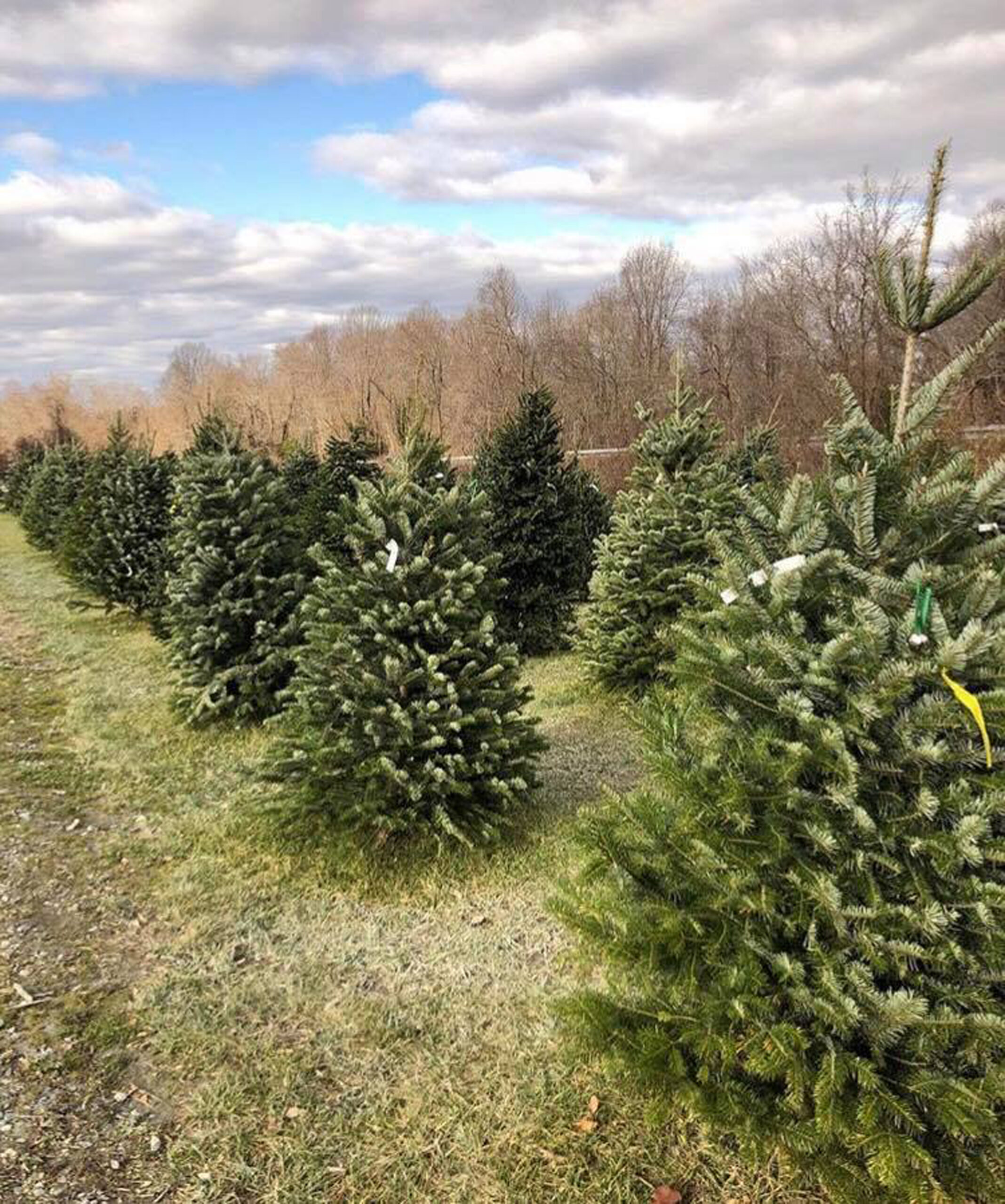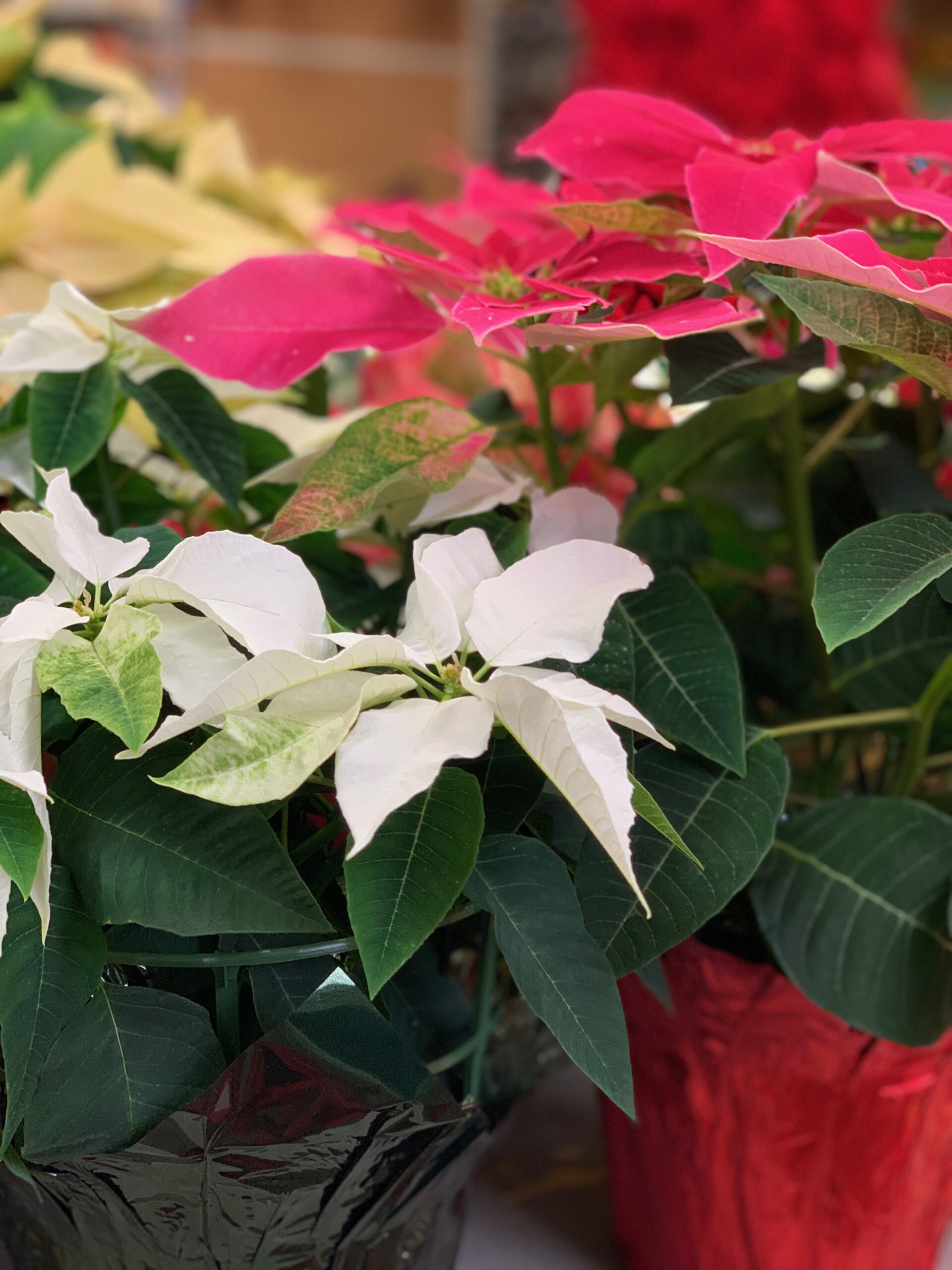Local Expert: Ray Greenstreet Discusses Holiday Plants

Alexandria, VA – It’s hard to imagine Christmas without poinsettias and evergreen trees. They decorate homes, businesses and churches across the country throughout the holiday season. So, where did they originate and how do you care for them? Let’s dive into the world of holiday plants.
The poinsettia (Euphorbia pulcherrima) is a native of Mexico. It was first introduced to the United States in 1825 by Joel Roberts Poinsett, the first United States Minister to Mexico, and it is named for him. The poinsettia is known in Mexico and Guatemala as la flor de Noche Buena, meaning the Christmas Eve flower.

In its native habitat, the poinsettia is a shrub or small tree. Those colorful “petals” that define the poinsettia aren’t actually petals, but bracts, or leaves. The colors of the bracts are created through a process called photoperiodism, meaning that they require darkness to change color. However, during the day, poinsettias need abundant light to develop their brightest colors.
Today there are more than 100 cultivated varieties of poinsettias, and their colors include the traditional red but also pink, white, orange, and marbled varieties. This holiday flower has become so popular in the United States that December 12 is recognized as National Poinsettia Day.

On chilly winter days, be sure the poinsettia is protected by a plant sleeve (plastic or paper) when traveling from the store to home because even short exposure to low temperatures can damage the plant. Then be sure to remove any sleeve as soon as possible when you get home, because the stems can droop and twist if the plant is left wrapped for too long.

The poinsettia needs bright light, so place it near a sunny window or in another well-lit area, but not in direct sun. Poinsettias do not tolerate cold drafts, so don’t place them next to a window where the plants can come in contact with the cold. Poinsettias don’t do well in high temperatures either, so keep them away from heat vents and fireplaces. Check the soil daily and water when it feels dry.
Christmas trees are another Christmas tradition. Some 98 percent of all live Christmas trees are grown on farms, keeping them renewable and environmentally friendly. Many different types of conifers can be used as Christmas trees, but fir trees are the most popular. All fir trees have a pleasant fragrance, but Fraser, Noble, and Grand firs are particularly noted for their aroma. Turkish Firs are the exception here, and while they do produce a scent, it is mild compared to other live Christmas trees.
Every tree should get a fresh cut before you set it up in your home. Most shops will do this for you, but you may have to ask. A fresh cut makes sure resin, dirt, and bacteria aren’t clogging up the xylem that transports water up the tree. After getting it cut, make sure to get the tree in water as soon as possible.
Once the tree is set up, never let the water level drop below the cut surface of the tree or you will need to give the tree another fresh cut. Special water treatments like Prolong® can help extend the life of any cut tree for the rest of your wonderful holiday season!
ICYMI: Come Out for Alexandria’s Holiday Parades Dec. 7



